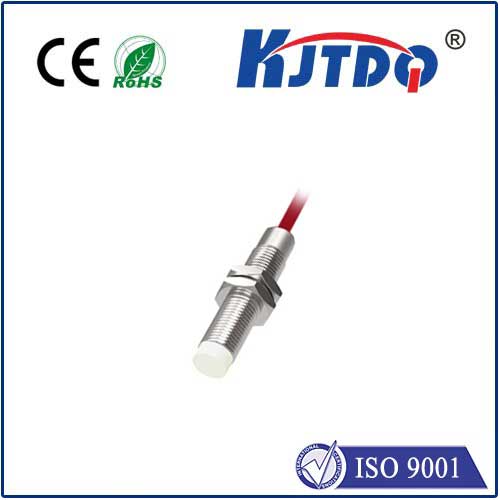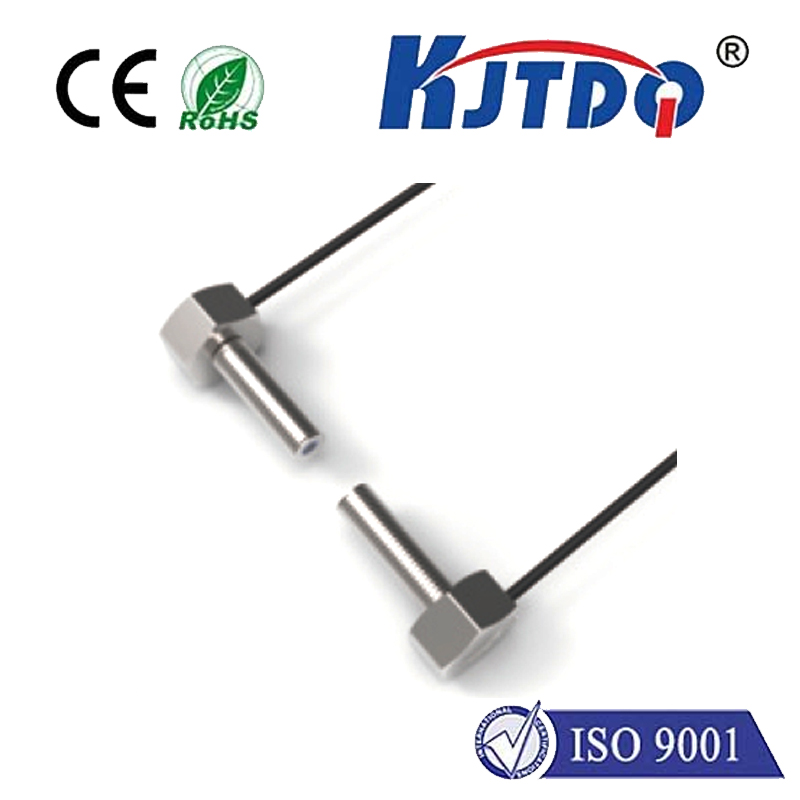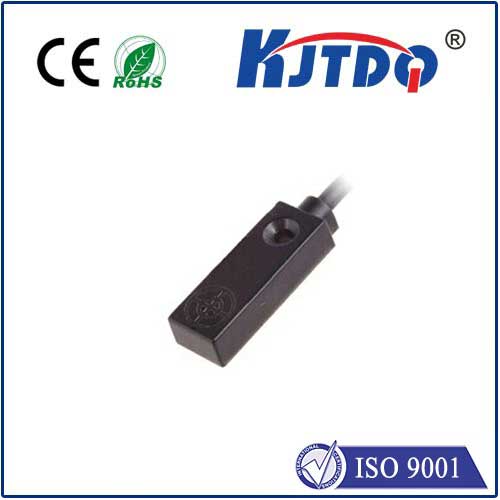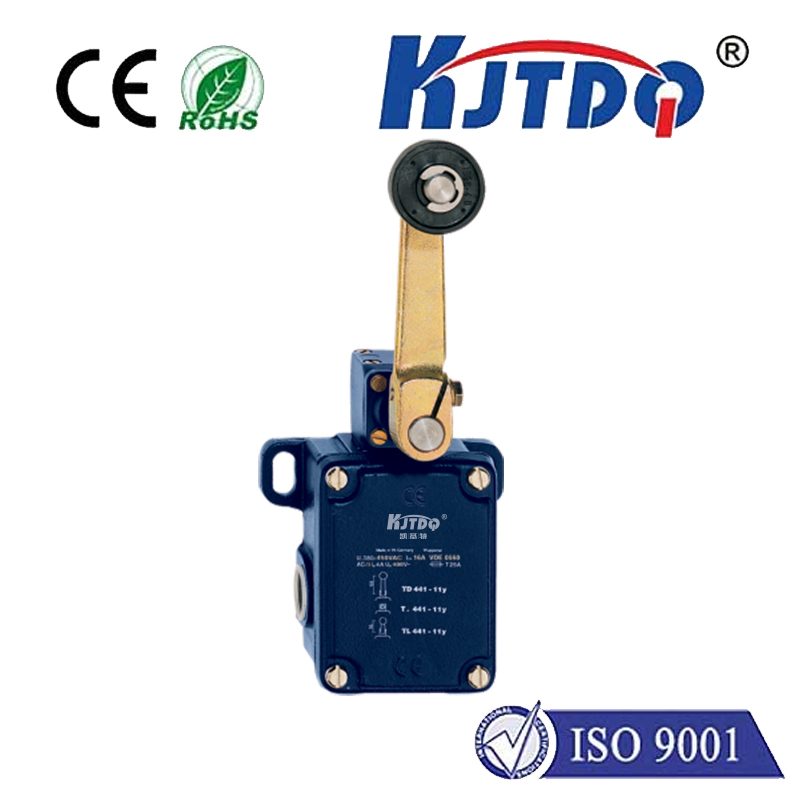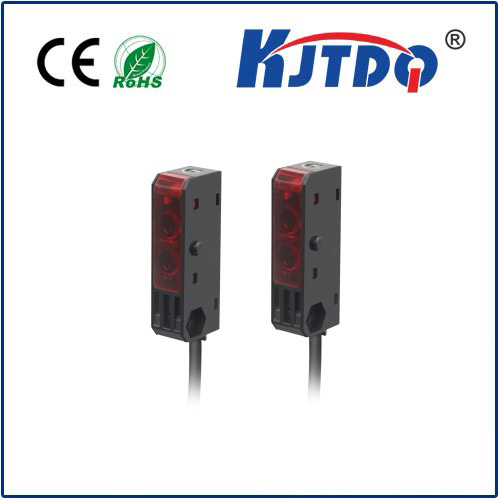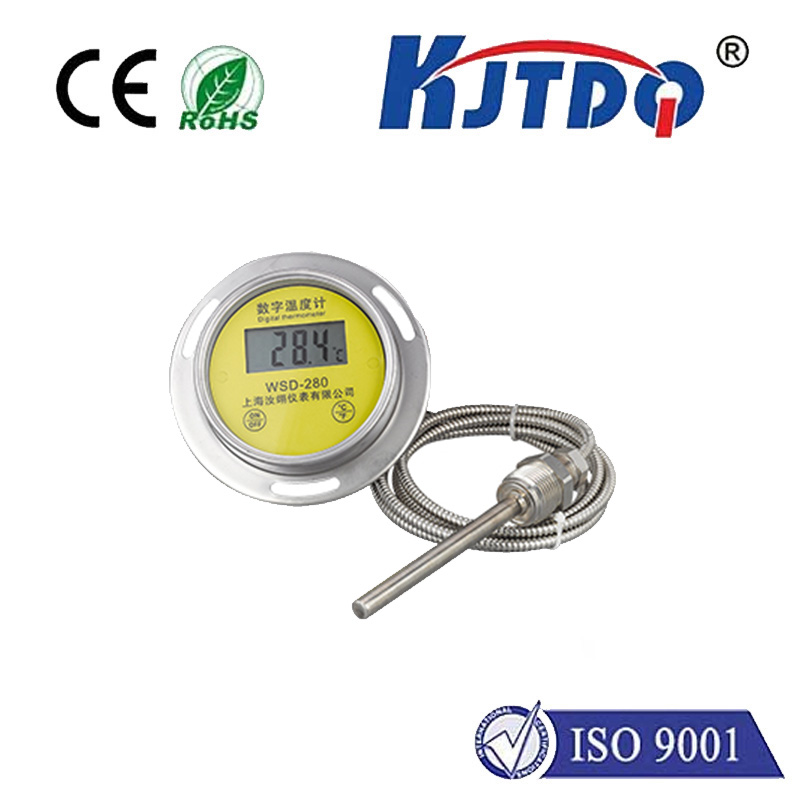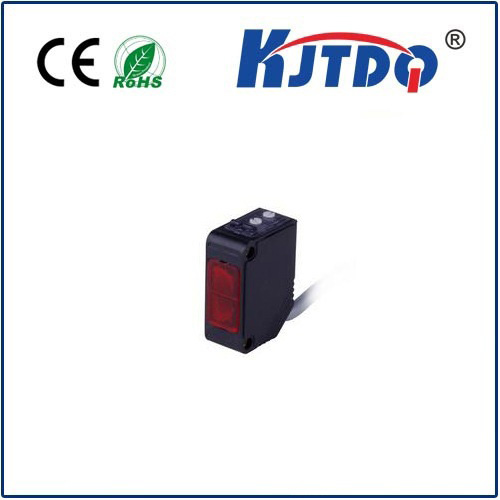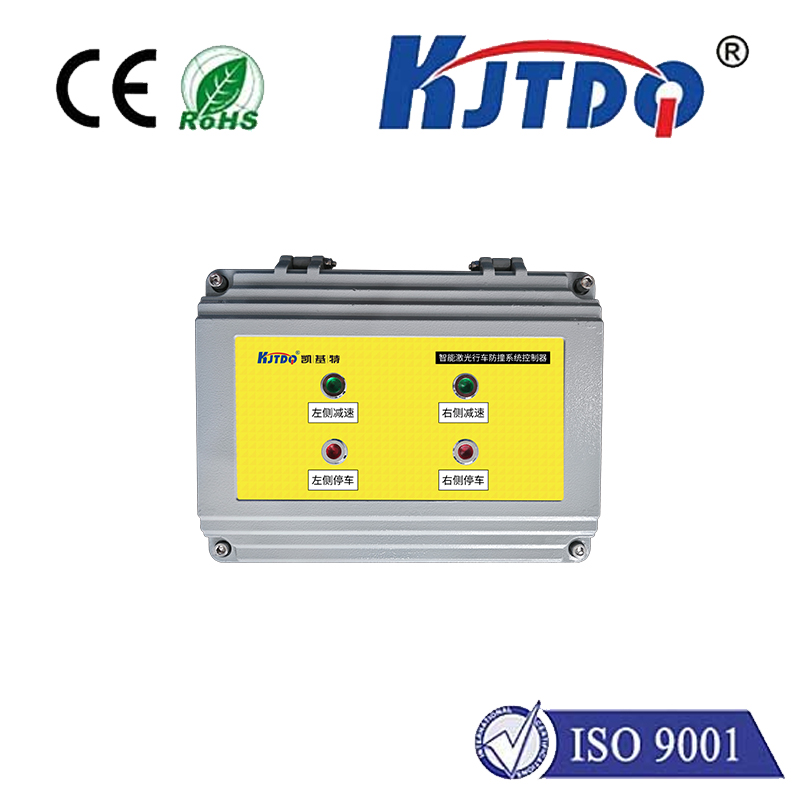
check

check

check

check
Title: The Versatility of Capacitive Proximity Sensors in Plastic Detection
The advancement in technology has enabled the creation of sensors that can detect various materials, including plastic. One such sensor is the capacitive proximity sensor, which utilizes capacitance to detect objects. In this article, we will delve into the capabilities of capacitive proximity sensors in detecting plastic and how they are being utilized across different industries.
Capacitive proximity sensors work by emitting an electric field around them. When an object comes within the range of this electric field, it alters the capacitance of the sensor, triggering a response. This principle makes them ideal for detecting non-metallic materials like plastic since they do not rely solely on electrical conductivity.

In manufacturing processes, capacitive proximity sensors play a crucial role in quality control. They can detect any defects or irregularities in plastic products during production. For instance, if there are any voids or air pockets inside a plastic container, a capacitive sensor can identify them. Similarly, they are used to check the thickness uniformity of plastic films and sheets, ensuring consistency in the final product.
Moreover, capacitive proximity sensors find applications in recycling facilities to sort different types of plastics automatically. By measuring the dielectric constant of the material, these sensors can differentiate between various plastics, making the recycling process more efficient and accurate.
In the automotive industry, capacitive proximity sensors are employed for occupant detection systems. They can sense when someone is sitting on the seat or when an object like a smartphone or a bag is left behind, prompting safety measures like airbag deployment or alerting the driver.
Furthermore, the healthcare industry uses capacitive proximity sensors for dispensing medication and monitoring patient care. For example, pill dispensers equipped with these sensors can detect when a container's contents are low, automatically reordering supplies as needed.
In conclusion, capacitive proximity sensors have proven to be versatile tools in detecting plastic across various sectors. Their ability to sense non-metallic materials has revolutionized quality control processes, recycling efforts, automotive safety features, and healthcare operations. As technology continues to evolve, we can expect even more innovative applications for capacitive proximity sensors in plastic detection.
